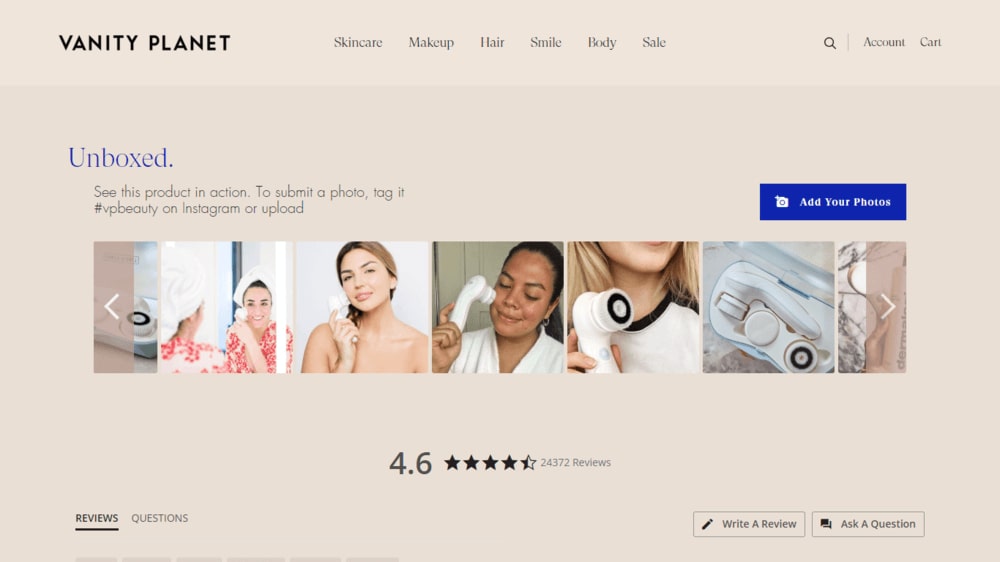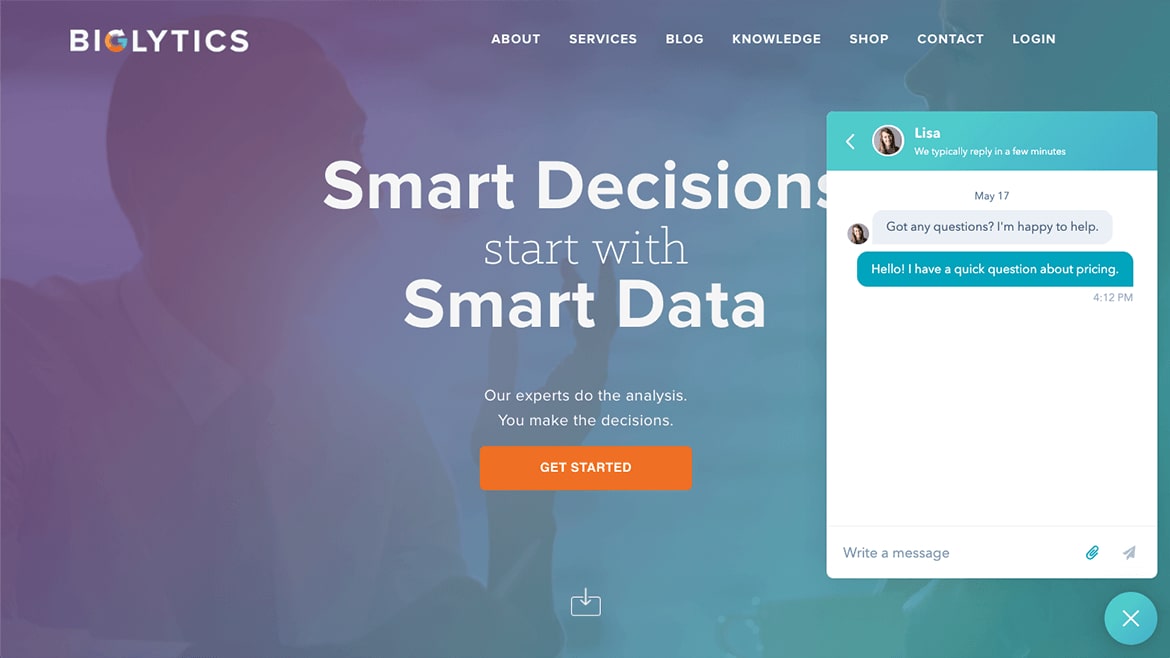The Most Common Mistakes That Kill Your Conversion Rate
Welcome to a comprehensive exploration of a critical aspect of any business’s online presence: “The Most Common Mistakes That Kill Your Conversion Rate“. In the dynamic world of digital commerce, driving traffic to your website is only half the battle; the true measure of success lies in how effectively you can convert those visitors into paying customers or engaged users. In this discussion, we will delve into the intricate web of factors that can sabotage your conversion rate, shedding light on prevalent pitfalls that even the most well-intentioned businesses can fall into. From design missteps to content blunders and navigation errors, we will uncover the stumbling blocks that hinder your prospects from taking that desired action. Whether you’re a seasoned e-commerce veteran or just stepping into the realm of online business, understanding these common mistakes and learning how to rectify them can pave the way for a significant boost in conversions, ultimately leading to enhanced growth and success. Join us as we navigate through the realm of conversion optimization, unraveling the mysteries of what truly drives customer actions and how to avoid the missteps that often prove costly.
To not kill your conversion rate, avoid these common mistakes:
1. The Role of Website Design in Conversion
In the fast-paced realm of digital engagement, mere seconds hold the power to shape a user’s perception of your website’s credibility and relevance. The significance of a compelling first impression cannot be overstated, as visitors’ impatience dictates that their initial encounter could seal the fate of their engagement. Enter the realm of website design – a pivotal factor in influencing conversion rates.
A visually appealing design intertwined with a seamless user experience can substantially amplify conversion rates, overshadowing sites plagued by a lackluster appearance. To underscore this point, consider two contrasting websites – one clunky and repelling, the other exuding attractiveness and coherence. The latter invariably boasts a higher propensity for successful conversions.
Fortunately, one need not possess advanced UI/UX design skills or coding prowess to cultivate an attention-commanding, conversion-driven website. A pragmatic approach involves selecting a fitting Shopify theme, laden with customization options, visual allure, and mobile responsiveness. Whether opting for a paid or free theme, harnessing these resources empowers you to curate a digital space that captivates and converts, even without the expertise of a design virtuoso.

2. Optimizing Conversion Pathways
Many Shopify merchants unknowingly hamper their conversion rates by directing Facebook or Google ad traffic to general pages like Home, About, and Contact. This seemingly minor lapse significantly impacts results.
In the realm of digital engagement, a cardinal rule is to fulfill users’ expectations after they click an ad. Steering them to a homepage, hoping they’ll navigate to specific products, is a detrimental miscalculation, leading to swift exits.
To evade this, a vital strategy emerges: synchronize ad destinations with featured products or services. Precision here elevates conversion prospects, echoing into third-party links.
Additionally, addressing broken links (404 pages) within your website is essential. These disruptions impede seamless user journeys, undercutting the modern digital experience. Rectifying them is pivotal to cultivating a polished online presence aligned with contemporary consumer demands.
3. Timing for Conversion Excellence
Pop-ups wield remarkable potential as conversion rate optimization tools, capable of transforming mere visitors into loyal customers, thereby amplifying sales. However, the key lies in their judicious usage – an imperative often overlooked.
So the error you might be committing: mismanaging pop-up timing.
The discerning approach involves unveiling pop-ups when engagement has been established. A reliable signal for this is visitor scrolling, indicative of active interest. Additionally, an opportune moment arises as users contemplate departure. Leveraging adept popup tools streamlines timing, mitigating this challenge.
By thoughtfully synchronizing pop-ups with user behavior, businesses can foster genuine engagement and elevate conversions, harnessing the full potential of these tools.
4. Effective Audience Targeting
Efficiently targeting your audience is a pivotal safeguard against the demise of your conversion rates. It ensures that your marketing efforts resonate precisely with those inclined to engage and make purchases. Failing to recognize the nuances of your target audience can lead to misaligned messaging, wasted resources, and a diminished customer base.
Accurate audience identification prevents the common pitfall of directing marketing campaigns toward a broad and indiscriminate audience. By pinpointing the individuals most likely to resonate with your offerings, you optimize engagement and enhance the likelihood of successful conversions. This strategic approach minimizes the risk of alienating potential customers and contributes to a more streamlined, effective marketing strategy.
In essence, honing in on the right audience sharpens your messaging, tailors your offerings, and ensures your marketing investments yield a higher return, preserving the vitality of your conversion rates in a highly competitive digital landscape.
5. Lack of Social Proof
The absence of social proof stands as a formidable adversary to healthy conversion rates. Social proof encompasses testimonials, reviews, and user-generated content that validate your product or service. Neglecting to showcase these validations can deter potential customers.
In today’s digital age, consumers rely on the experiences of others to make informed decisions. Without visible social proof, prospects might question your credibility or hesitate to commit. Social proof acts as a trust-building mechanism, alleviating doubts and providing reassurance.
Competing in a crowded online marketplace demands fostering trust and authenticity. Utilizing social proof not only bolsters your brand’s reputation but also signals to potential customers that others have found value in your offerings. Overlooking this element can erode your conversion rates, as consumers seek evidence of reliability and value before engaging with your business.

Read more: The best Shopify Social Proof apps
6. The Complexity of Payment Processes
The complexity of payment processes can significantly undermine your conversion rates. When the payment journey becomes convoluted or confusing, potential customers might abandon their transactions out of frustration or uncertainty.
A streamlined and user-friendly payment experience is crucial in the online marketplace. If customers encounter difficulties during checkout, such as unclear instructions, unexpected fees, or a cumbersome process, they’re more likely to abandon their carts. The time and effort required to navigate a complex payment process can erode trust and deter conversions.
Simplicity and transparency in payment processes enhance the overall user experience, fostering a sense of confidence and ease. Employing intuitive design, clear instructions, and multiple secure payment options can mitigate the risk of abandoned transactions and elevate your conversion rates, creating a seamless path from interest to purchase.
7. Non-Mobile-Friendly Website
Having a website that is not mobile-friendly can be a grave detriment to your conversion rates. With a substantial portion of online traffic originating from mobile devices, an unfriendly mobile experience can lead to frustrated users abandoning your site.
Mobile responsiveness is no longer a luxury but a necessity. If your website is not optimized for various screen sizes and devices, visitors will encounter distorted layouts, slow loading times, and difficulties navigating, all of which deter conversions. Modern consumers demand seamless experiences regardless of the device they use.
An unresponsive website disrupts the user journey, hampering engagement and undermining trust. To ensure optimal conversion rates, invest in responsive design that adapts fluidly to different devices. This commitment to mobile-friendly design aligns with user expectations, enhances user satisfaction, and contributes to a more fruitful online business presence.
8. Lack of Live Chat Integration
Omitting live chat integration can fatally impact conversion rates. Live chat provides immediate assistance, addressing customer queries in real-time, fostering trust, and guiding potential buyers toward informed decisions.
In today’s instant-gratification digital landscape, users expect prompt responses. Without a live chat avenue, customers might encounter frustrations in obtaining timely information, leading to abandonment. The absence of personalized interaction can erode confidence and prevent customers from proceeding.
Live chat cultivates engagement, aids in overcoming objections, and enhances user experience. It serves as a direct communication channel, building rapport, and clearing hurdles, thus significantly contributing to successful conversions. Neglecting this integration risks leaving potential buyers stranded without guidance and ultimately hindering your conversion rates.

Conclusion
In the intricate realm of online business, understanding and avoiding the prevalent pitfalls that hinder conversion rates is imperative for sustained success. From poorly designed websites and misdirected traffic to mistimed pop-ups and inadequate audience targeting, each misstep exacts a toll on potential conversions. By recognizing these pitfalls and embracing strategies for improvement, businesses can foster trust, engagement, and satisfaction among their audience. In a competitive digital landscape, optimizing every facet of the user experience and strategically aligning efforts can breathe life into conversion rates, paving the way for growth, profitability, and a thriving online presence.








